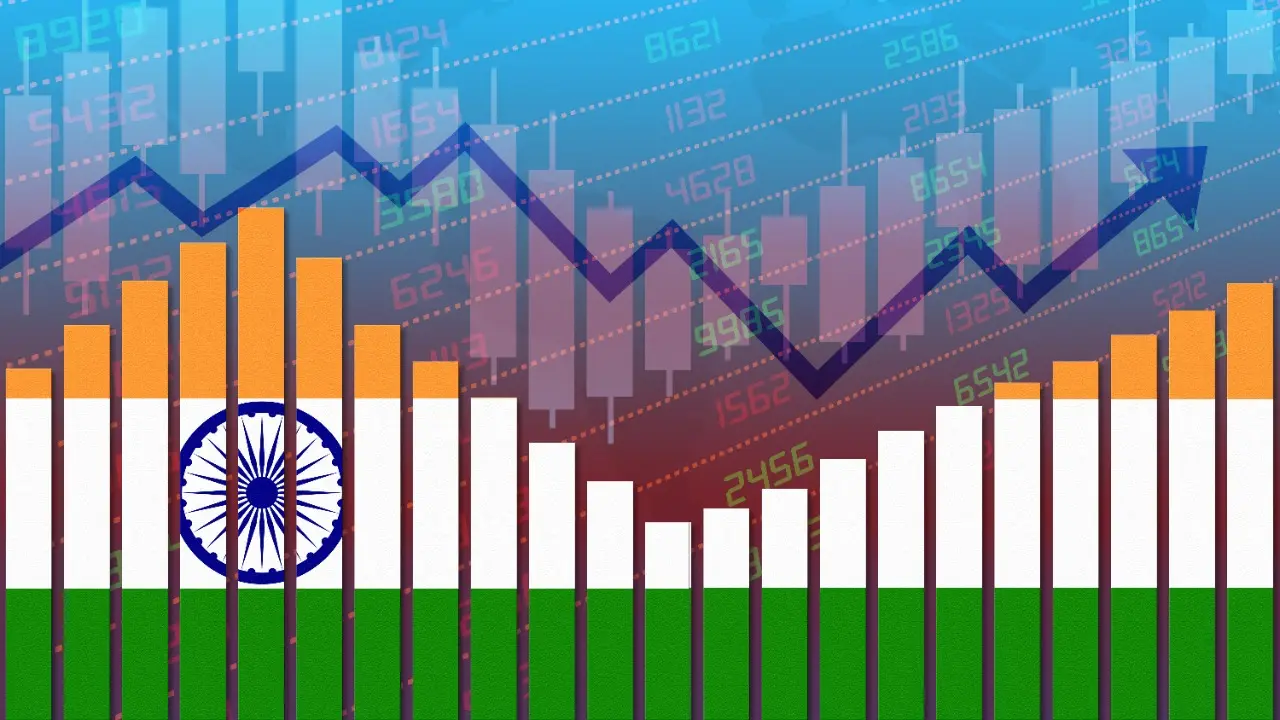In a recent release, the GDP figures for the third quarter (October-December) of the current financial year have been unveiled. Boosted by the manufacturing and service sectors, the GDP growth has soared to a remarkable 8.4%, marking another record level. This figure stands in stark contrast to the 4.3% recorded in the same period a year ago. Preceding this, during the second quarter of the fiscal year 2024, the GDP growth rate stood at 7.6%.
Economic Growth Predictions and Market Trends
The Reserve Bank of India (RBI) had forecasted an economic growth rate of 6.5% for the December quarter. However, according to SBI Research, this estimation ranged between 6.5% to 6.9%. Meanwhile, China maintained a GDP growth of 5.2% during this period. India has emerged as one of the fastest-growing economies globally.
Concerns Over Depreciation of the Indian Rupee
Following the release of GDP numbers for the third quarter, Prime Minister Modi took to social media to express satisfaction over the robust growth rate of 8.4%, showcasing the resilience of the Indian economy. However, amidst this growth, concerns arise over the continuous depreciation of the Indian Rupee against the US Dollar. On the last trading day, the rupee reached 82.89 against the US dollar. Let’s delve into the primary reasons behind the depreciation of the rupee against the dollar.
Decline in Foreign Currency Reserves
In October 2021, India’s foreign exchange reserves hit an all-time high of $645 billion. However, since then, there has been a continuous decline in reserves. According to RBI data, by the week ending January 27, 2024, the country’s foreign exchange reserves decreased from $2.795 trillion to $616.143 billion.
Record Interest Rates by the Federal Reserve
Recently, the Federal Reserve of the United States increased interest rates to curb inflation. Despite this, the Fed has not raised interest rates for the third time consecutively, maintaining it at 5.50%. As a result, the dollar is becoming stronger compared to other currencies, leading to depreciation of the rupee.
Rising Inflation Globally
Investors are turning to the US Dollar as a safe investment due to rising inflation, further driving up the demand for the dollar and causing a decline in the value of the rupee. Argentina currently leads in inflation rates.
Fluctuations in Crude Oil Prices
The recent surge in crude oil prices due to reduced production by petroleum-exporting countries has led to a sudden increase in its price. However, in recent days, there has been a fluctuation in prices. The increase in crude oil prices necessitates higher spending in foreign currency by India, contributing to the depreciation of the rupee against the dollar.
Market Volatility
Despite the stock market reaching all-time highs, foreign institutional investors’ (FIIs) selling leads to weakness in the rupee. In the recent trading session, both Sensex and Nifty reached record levels. However, preceding this, the market witnessed heavy selling pressure.




